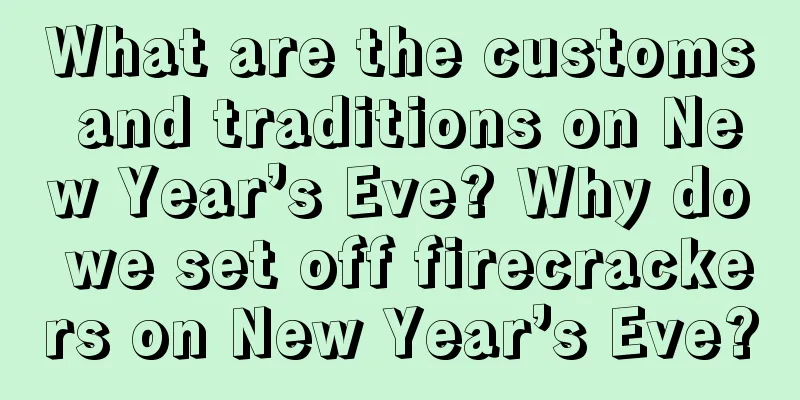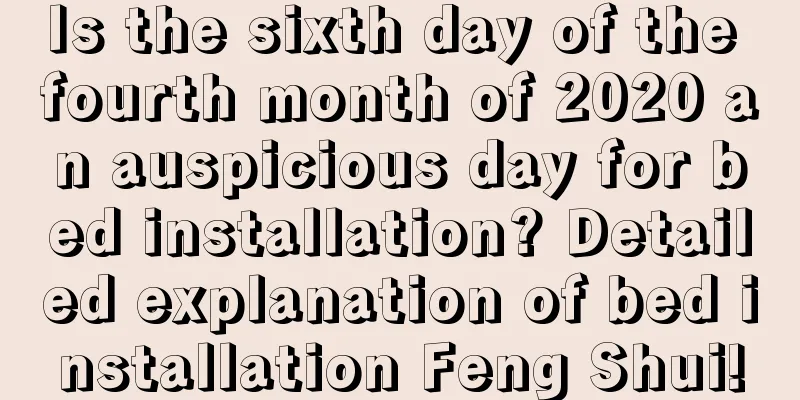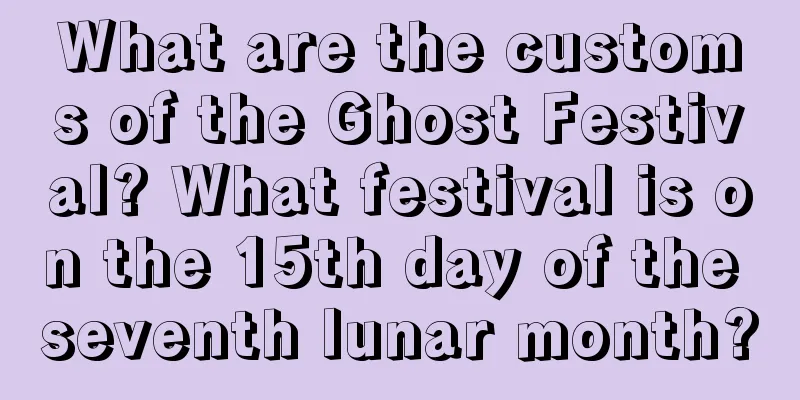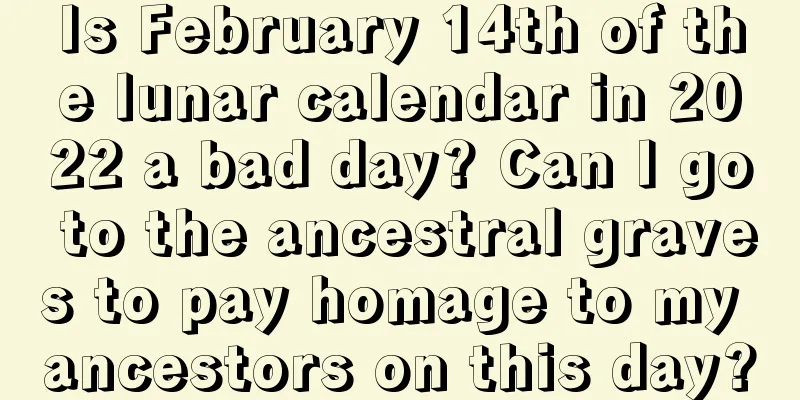What are the customs and traditions on New Year’s Eve? Why do we set off firecrackers on New Year’s Eve?

Introduction: New Year’s Eve is an important traditional festival, and there are many customs on New Year’s Eve. So what are the customs and traditions on New Year’s Eve, and why do we set off firecrackers on New Year’s Eve? New Year, New Atmosphere. If you want to know more about the Lunar New Year, please pay attention to the 2019 Chinese New Year and Spring Festival special article exclusively presented to you by Shui Mo Xiansheng website!What are the customs and traditions on New Year’s Eve?New Year's Eve Customs: Pasting Door GodsThere is a custom of posting door gods during the Spring Festival in all parts of China. The original door gods were carved from mahogany in the shape of humans and hung next to humans. Later, they were painted as door gods and posted on the doors. The legendary brothers Shentu and Yulei were responsible for managing ghosts. With them guarding the door, no evil ghosts, big or small, dared to enter and cause harm. After the Tang Dynasty, there were paintings of the fierce generals Qin Qiong and Yuchi Jingde as door gods, and there were also paintings of Guan Yu and Zhang Fei as door gods. There was one door god on each side of the door, and later generations often painted a pair of door gods, one civil and one military. New Year's Eve customs: posting Spring Festival couplets Spring couplets, also known as "door couplets" and "spring posts", are a type of couplets, named because they are posted during the Spring Festival. One source of Spring couplets is peach charms. Initially, people carved human figures out of peach wood and hung them by the door to ward off evil spirits. Later, they painted images of door gods on peach wood, and then simplified it to writing the names of door gods on peach wood boards. Another source of Spring couplets is spring posts. Ancient people often posted the word "Yichun" on the Spring Festival, which gradually developed into Spring couplets. New Year's Eve customs: pasting New Year pictures These have the traditional folk functions of praying for blessings and decorating homes. New Year paintings are an ancient traditional folk art in China. They reflect the customs and beliefs of the masses and express people's hopes for the future. New Year paintings, like Spring Festival couplets, originated from "door gods". Spring Festival couplets developed from the names of Shentu and Yulei to words, while New Year paintings continued to develop in the direction of painting. With the rise of woodblock printing, the content of New Year paintings is no longer limited to door gods, but gradually the God of Wealth is invited to the home. In turn, some New Year painting workshops have produced colorful New Year paintings such as "Three Stars of Fortune, Longevity and Happiness", "Blessings from the Heavenly Official", "Abundant Harvest", "Prosperity of Livestock", and "Welcome Spring and Receive Blessings" to meet people's good wishes for festive prayers for the new year. New Year's Eve Customs: Setting up the Heaven and Earth Table This is a temporary offering table, which is specially set up on New Year's Eve. Generally, families without a large Buddhist temple pay special attention to the heaven and earth table, because they usually offer less offerings to Buddha, and at the end of the year, they will give a big reward to the gods and Buddhas. In addition, this table is mainly used to welcome the gods. New Year's Eve customs: Staying up all night Traditional Chinese people have the custom of staying up all night on New Year's Eve, commonly known as "staying up all night". Staying up all night starts with eating the New Year's Eve dinner, which should be eaten slowly from the time when the lights are turned on. Some families eat until late at night. According to the records in "Jingchu Sui Shi Ji" by Zong Yan, the custom of eating New Year's Eve dinner has existed at least since the Southern and Northern Dynasties. The custom of staying up all night expresses both the farewell and nostalgia for the years that have passed like water, and the hope for the coming new year. New Year's Eve customs: setting off firecrackers When the midnight bell rings, the whole Chinese land is filled with the sound of firecrackers. At this "three yuan" moment of "the beginning of the year, the beginning of the month, and the beginning of the hour", some places still build "strong fires" in the courtyard to show that the strong energy reaches the sky and the prosperity is prosperous. Around the blazing strong fire, children set off firecrackers and jump around happily. At this time, the house is brightly lit, the courtyard is full of brilliant sparks, and the outside of the house is full of deafening noises, pushing the lively atmosphere of New Year's Eve to the climax. New Year's Eve customs: eating New Year's Eve dinner Eating the New Year’s Eve dinner is the most lively and happy time for every family during the Spring Festival. New Year’s Eve. The table is filled with sumptuous New Year's dishes. The whole family gathers around the table to eat the reunion dinner together. The sense of fulfillment in the heart is really indescribable. People not only enjoy the delicious food on the table, but also enjoy the happy atmosphere. There are main dishes, cold dishes, hot dishes, and snacks on the table. Generally, two things are indispensable, one is hot pot. The first is fish. The boiling hot pot is hot and warm, which means prosperity. "Fish" and "surplus" are homophones, which symbolize "good luck and surplus" and "surplus every year". Radish is also commonly known as "cai tou", which is a wish for good luck. Fried foods such as lobster and fish are a wish for a prosperous family like "fire cooking oil". New Year's Eve Customs: Welcoming the Gods Welcoming the gods is the division between the old and new years, but the time of receiving the gods is not uniform. Some ceremonies begin at the time of Zi, some at the time of "Zizheng", that is, midnight, and some after "Zizheng". After offering sacrifices to the kitchen god, the gods return to the heavenly palace and do not care about the mundane affairs of the world. After the time of Zi on New Year's Eve, when the new year comes, they come to the world to manage affairs. New Year's Eve customs: Ancestor worship In ancient times, this custom was very popular. Due to the different customs in different places, the forms of ancestor worship were also different. Some people went to the wild to worship their ancestors' tombs, some went to the ancestral temple to worship their ancestors, and most of them placed the ancestral tablets in the main hall at home, displayed the offerings, and then the worshippers burned incense and knelt down in order of age. When the Han people worshipped their ancestors, they mostly prepared fish and meat dishes, which were served in tall bowls, which was quite like the meaning of bells ringing and tripods eating. Why do we set off firecrackers on New Year’s Eve?Legend has it that many, many years ago, there was a very ferocious beast in the forest called "Nian". Every year on the New Year's Eve of the twelfth lunar month, it comes out roaring and eats people and livestock. No one could subdue it at that time. In order to avoid the disaster of "Nian", people would kill pigs and sheep on New Year's Eve to offer sacrifices to Nian, so that its stomach would be full and it would not harm humans and animals.One year on the New Year's Eve, people forgot to kill pigs and sheep to worship "Nian". When "Nian" came, it roared and wanted to eat people. People had no choice but to close the door and climb up to the bamboo house to hide. "Nian" goes from one house to another, looking for something to eat. Seeing that there was nothing everywhere, it howled madly in anger. At this time, a fire broke out in a neighboring bamboo house. The fire was so big that the bamboos made crackling sounds. When "Nian" heard the sudden noise, it was so scared that it ran back to the forest. The people hiding upstairs discovered the secret. From then on, on the New Year’s Eve of every twelfth lunar month, they would cut a lot of bamboos to burn. The bamboos would crackle and the Nian would be scared away. At the same time, people also found that the color of "Nian" was bright red, so they dyed the peach wood boards red and hung them on both sides of the door. This was the talisman. Later, firecrackers and paper were invented. Firecrackers replaced firecrackers, and red couplets replaced talismans. The new wave of annual fortune in 2019 has already changed. Calculate your own fortune in advance, correct your mistakes if there are any, and encourage yourself if there are none, so that the new year will be smooth and safe. To calculate your new fortune in 2019, please click on the [Premium Calculation] below to learn about your new fortune. I wish you peace and happiness in the new year! |
<<: Is the fourth day of the first lunar month in 2019 suitable for opening a new store?
>>: Is it a good day to move house on the fifth day of the first lunar month in 2019?
Recommend
Where is the direction of the God of Happiness on the 25th day of the first lunar month in 2019?
Want to know more about the first month of 2019? ...
What customs are there on the 18th day of the first lunar month?
During the first month of the lunar calendar, the ...
What date is the third day of the Chinese New Year in 2018 in the Gregorian calendar? Is it suitable for signing a contract?
The Spring Festival is the beginning of the lunar ...
What are the do's and don'ts on December 24, 2021? Can I pray on this day?
The twelfth month of the lunar calendar sees the c...
Is it good for children born in the sixth month of the lunar calendar? A gentle personality and a smooth life?
Introduction: In our tradition, people usually cel...
What are the do's and don'ts on the sixth day of the sixth lunar month in 2017?
What day is the sixth day of the sixth lunar mont...
Analysis of the date of March 28th in the lunar calendar in 2022. Is it a good day to visit the graves and worship ancestors?
It is also very important to choose a good time to...
Is it a good idea to get married on June 22, 2020 in the lunar calendar? Is it suitable for engagement?
The sixth month in the lunar calendar is the firs...
2020 Cold Dew solar term time query: What time is the Cold Dew solar term on the Cold Dew day?
After the Autumnal Equinox comes the Cold Dew sola...
Is May 16th of the lunar calendar 2017 a good day to hold a wedding?
The fifth month of the lunar calendar is the firs...
Where is the God of Wealth on the third day of July 2018?
The arrival of the seventh month of the lunar cal...
A complete analysis of the fortune of the zodiac dog born in the Lesser Heat solar term
People born in the fifth month of the lunar calend...
When do we light lanterns during the Lantern Festival? What is the origin of lighting lanterns during the Lantern Festival?
Introduction: The Lantern Festival is an important...
Why is Yuanxiao called Yuanxiao? Is it good for people born on the Lantern Festival in the Year of the Horse?
Why is Yuanxiao called Yuanxiao? Is it good for pe...
How will the academic fortune of those born in the Year of the Ox be in the new semester of 2017?
Introduction: For students, the winter and summer ...









